- Published on
What To Feed Your Bearded Dragon
What to feed your bearded dragon
Whilst most bearded dragon owners are aware that their lizard needs some insects in their diet, I still hear from owners that are feeding the wrong kinds of bugs, too many bugs, not enough vegetation or the wrong types of vegetables - some even feed fruit (which isn't really advised due to the higher sugar content and the fact that fruit is not a natural part of a beardies diet). So I thought it might be useful to address the issues one by one, which hopefully will help improve your lizards' diet and may even save you money!
Beardies don't need a water bowl in their enclosure!
This is a bit of a contentious topic but I'll explain why I don't advise adding a water bowl to a beardie viv. Beardies need a very hot, arid environment with low humidity. If you add a water bowl to the enclosure, the water will increase the humidity through evaporation due to the high temperature in the vivarium. High humidity in desert loving reptiles can lead to a respiratory infection in some cases, which can be life-threatening.
Beardies meet their moisture requirements through their diet (as well as this vegetation providing vitamins & minerals). It is totally fine to give the beardie a bath OUTSIDE the viv, particularly if they're not eating their salad for some reason. If a water bowl is included in the viv, they just tend to kick all their substrate in it and make a mess! The only time I'd recommend a very shallow water dish is for hatchling beardies, this is because it's harder for them to regulate their temperature early on and they also tend to eat more bugs and less salad when they're very young.
Kale and Spinach are NOT suitable


There seems to be a bit of confusion with regard to the right diet to feed beardies. I have even heard a reptile vet telling a client that spinach & kale are suitable, which is not true. A selection of various dark leafy greens ARE the best diet for bearded dragons, however the exception is spinach and kale. These are calcium - binding, which basically means it prevents the lizard absorbing the calcium in its diet. Calcium is essential for growth - particularly the first 2 years of life, so anything that prevents calcium being metabolised isn't a great choice.
Kale is easy to avoid as it's mostly sold separately, but spinach is often a sneaky filler in salad bags. However, the thicker, round leaves are easy to spot and can be fed to gutload any feeder insects which nullify the calcium-binding effect, so you don't waste the leaves!
These salad leaves are a great choice!
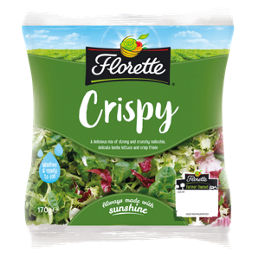
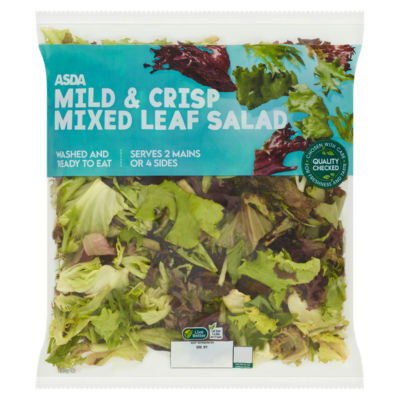
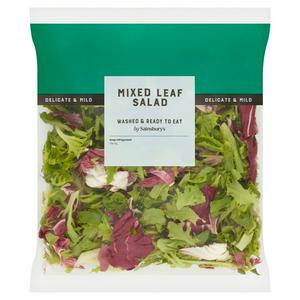
Mixed bags of salad such as the florette crispy salad or the equivalent (see pics) are fine as a base. But feel free to supplement these with pea shoots, lambs lettuce, rocket, watercress and chicory. Beardies see more of the light spectrum than humans and so red (like radicchio lettuce) and yellow (like dandelion flowers) glow brightly so they often favour these first. Also some fresh herbs such as corriamder, parsley and mint can be added.
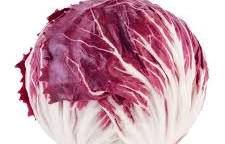

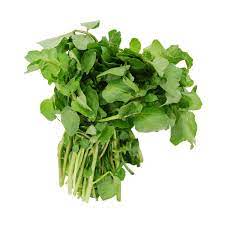
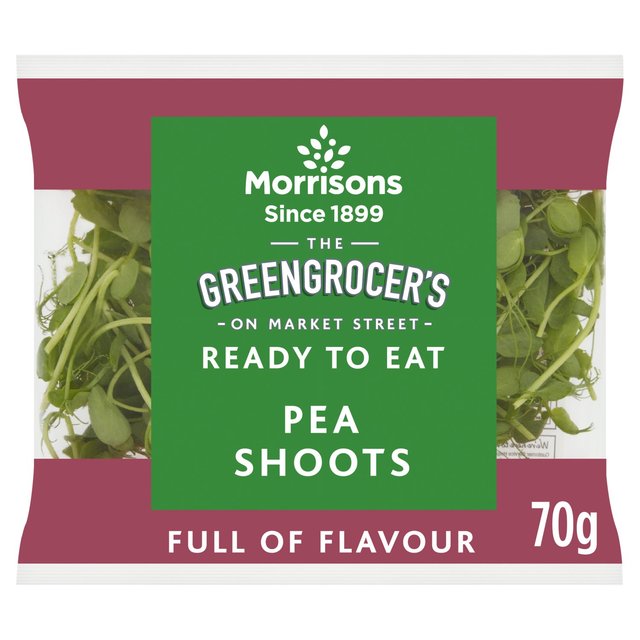

'Safe' weeds add variety and also useful if you're stuck without salad
Many common weeds (such as those fed to tortoises) are also safe to feed to your bearded dragon. Personally I would also try mixing weeds in with the salad type leaves to ensure adequate moisture. Most weeds that are suitable for tortoises are also great for beardies! Try dandelion (flowers and leaves), plantain, cats ear, bristly ox tongue, dead nettle and milk thistle. There is an app called 'The tortoise table' which provides an excellent list with photos of safe plants and flowers which are suitable to feed.


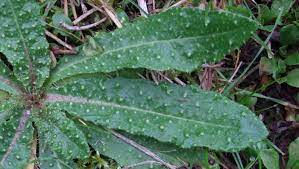
Fruit is not really suitable
Some owners feed a bit of fruit to their beardies. Although the occasional blueberry (antioxidant 'super' food) seedless grape or strawberry top is a harmless treat, in reality, fruit contains fructose sugar and is not natural nor particularly healthy. I do not feed my beardies any fruit at all.
The best and worst insects
The BEST insects to feed bearded dragons are dubia roaches and calciworms (both especially nutritious for young beardies due to their high calcium content) and locusts (a low fat excellent choice for adult beardies, particularly to get them chasing around trying to catch their dinner!)
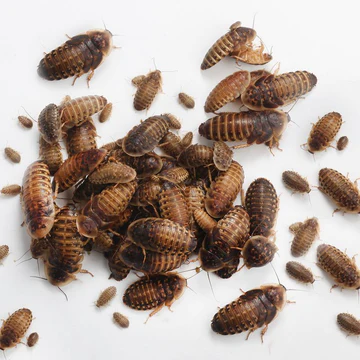
The WORST insects to feed are waxworms (very fatty, I would never recommend these for beardies) or morioworms. Morioworms are very fatty, not nutritious at all, but also have a tendency to cause constipation in bearded dragons due to their exoskeleton building up in the gut which can lead to (explosive!) poops after days of not going to the toilet. My reptile specialist vet advises owners to avoid feeding morioworms for this reason. However, once a beardie is full grown after around 2 years, insects should be a treat, maybe just a box of locusts a week is fine.
Due to originally living in desert environments where suitable live prey is scarce, beardies become almost 80-90% vegetarian once adult as suitably-sized prey are much harder to come by. They are also opportunistic feeders - they will eat all the prey as and when they see it as they have evolved from an environment where they don't know when they might next find a good meal. It is for this reason that beardies often become overweight. I see many 'fat' beardies - either from being fed too many fatty morioworms or from simply too many insects in their diet. Save your money and feed salad instead!
Is your beardie overweight?
There are a few indicators that a beardie might be overweight. They have an obvious dip along their spine, they have a 'double chin' (a chin that hangs down further past the spikes on its beard), when standing on all 4 feet, there is no gap between their belly and the floor below. Having an overweight beardie means that fatty tissue has built up around the organs and might lead to a shorter life. A simple solution is to cut down (or cut out!) on feeding insects, feed a healthy diet of salad leaves as mentioned above and in extreme cases, give him some swimming exercise! Just fill a bath just slightly deeper than the beardies legs and sit whilst he has to swim in order to stay afloat. Make sure you are always there to keep an eye on him to prevent him getting too stressed or drowning. 10 minutes in warm water to start with should be fine.
Don't dust the salad, dust the bugs!
It is important to gutload any insects and also dust them with a good quality powder which includes fresh vitamin A. (See my Vitamin A blog post for more info) Some owners sprinkle the vitamin powder over the salad/vegetation leaves. Personally, I have found this can put the beardie off from eating the salad as the powder can taste bitter. By the time the beardie has reached adulthood, its bones have stopped their main growth phase so the occasional insects fed as treats and the nutritional content from a good variety of salad leaves should meet the vitamin/mineral requirements without having to sprinkle additional powder on the salad.
How much salad to feed?
If the beardies enclosure is hot enough (28°C in the cold end and 45°C or more in the hot end) the beardie should hungrily start feeding on the leaves when you put them in his bowl. I'd always advise feeding the salad early in the day then, if you're also feeding insects, don't feed these until later, once the salad has been eaten and during the hottest period of the day, allowing plenty of time for digestion before the lights go off. There is no limit to how much salad you can feed, if your lizard chomps down a bowl full, feel free to top it up again later. Salad is healthy and provides moisture.
